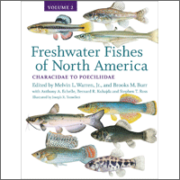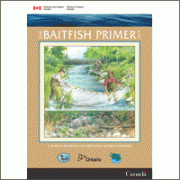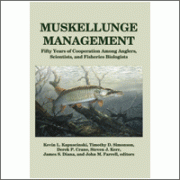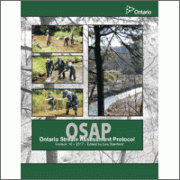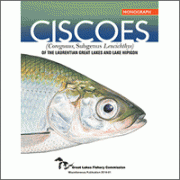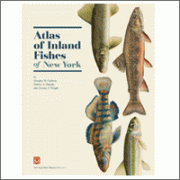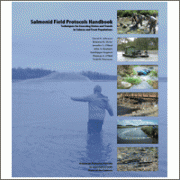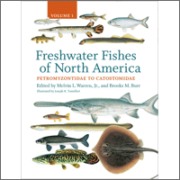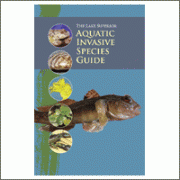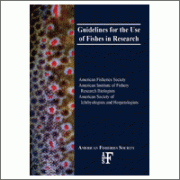Freshwater Fishes of North America: Volume 2: Characidae to Poeciliidae
Edited by Melvin L. Warren Jr. and Brooks M. Burr with Anthony A. Echelle, Bernard R. Kuhajda, and Stephen T. Ross. Illustrated by Joseph R. Tomellerii.
2020
Published by: Johns Hopkins University Press
The highly anticipated second volume of Freshwater Fishes of North America, a monumental, fully illustrated reference that provides comprehensive details on the freshwater fishes of the United States, Canada, and Mexico. When the first volume of Freshwater Fishes of North America was published, it was immediately hailed as the definitive reference in the field. Readers have been fervently awaiting the next volume in this encompassing three-book set ever since. Now complete, volume 2, covering families Characidae to Poeciliidae, is the result of decades of analysis by leading fish experts from universities and research laboratories across North America. Read more

